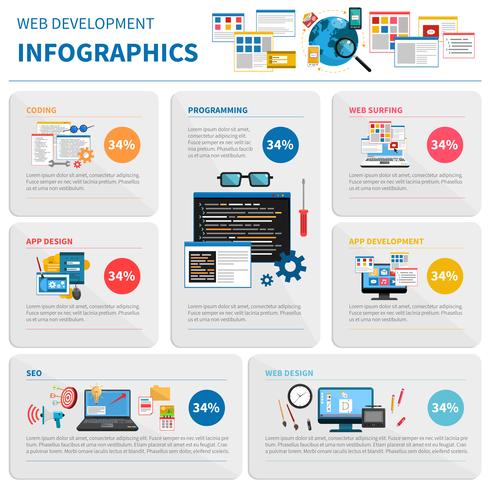Key Elements Of Internet Site Layout: Methods For Developing An Easily Accessible Customer Experience
Key Elements Of Internet Site Layout: Methods For Developing An Easily Accessible Customer Experience
Blog Article
Material Writer-Le Thorpe
When it comes to site layout, making sure user-friendliness is crucial. From receptive style to structured navigating, every component plays a critical duty in developing a site that accommodates your target market's needs. But what about the finer details that can make or damage a customer's surfing experience? Remain tuned as we discover some often-overlooked ideas that can boost your site's functionality to the following degree, making it truly stand out in the electronic landscape.
Importance of Responsive Design
Receptive style is a vital aspect of modern website growth. Guaranteeing your website is receptive methods that it can adjust to various screen dimensions and tools, supplying a seamless experience for users.
With the boosting use mobile phones and tablet computers to access the net, having a receptive design is important for reaching a larger audience. It helps in improving customer experience by making your site very easy to browse and continue reading any device.
In addition, receptive style can positively affect your internet search engine positions, as search engines like Google prioritize mobile-friendly internet sites. By having a receptive layout, you're likewise future-proofing your site, as brand-new tools with varying display dimensions continue to arise.
Simplify Navigating Framework
To improve individual experience and assist in simple access to details on your website, streamlining the navigation framework is extremely important. When designing your site, focus on producing a clear and instinctive navigation food selection that helps visitors discover what they're searching for quickly.
Limit the number of food selection things to the fundamentals, grouping relevant web pages with each other to stay clear of frustrating users. Use descriptive tags that plainly show the content of each web page, making it much easier for individuals to recognize where each web link will certainly take them.
Take into consideration implementing dropdown food selections for subcategories to stop jumbling the major navigation bar. In responsive page , include a search bar prominently on the web page for users that like looking for specific info.
Prioritize mobile responsiveness in your navigating style to guarantee simple access on all gadgets.
Optimize Web Page Tons Rate
Improving web page tons speed is important for keeping visitors on your internet site. Slow-loading web pages discourage customers and can result in high bounce rates. To optimize page lots rate, start by enhancing images. Compress pictures without jeopardizing quality to minimize their file sizes.
In addition, allow internet browser caching to keep frequently accessed resources in your area, speeding up tons times for returning site visitors. Minify CSS, JavaScript, and HTML files by removing unnecessary characters, comments, and formatting, boosting load speed.
Consider using a material delivery network (CDN) to disperse your site's content throughout several web servers worldwide, decreasing latency for customers accessing your website from different locations. Click On this page but not least, limit using third-party scripts and plugins, as they can considerably affect tons times.
Verdict
Finally, by integrating receptive style, simplifying navigation, and maximizing page tons speed, you can develop a straightforward site that interest a larger target market and boosts individual experience. These essential elements ensure that visitors can quickly gain access to and navigate your site throughout different devices, causing raised engagement and satisfaction. By concentrating on these vital aspects, you can develop a successful website that keeps individuals coming back for even more.
